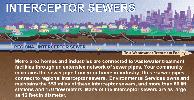
 "Definition Sketch for Types of Sewers"...
"Definition Sketch for Types of Sewers"...
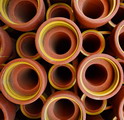
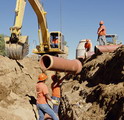
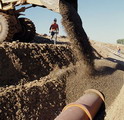
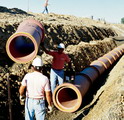
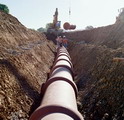
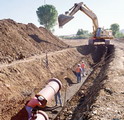

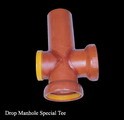
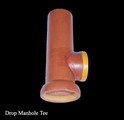

 "Sanitary Sewer"...
"Sanitary Sewer"...
 "Standard Outside Drop Manhole"...
"Standard Outside Drop Manhole"... "Standard Inside Drop Manhole"...
"Standard Inside Drop Manhole"...
 "Acid waste manhole"...
"Acid waste manhole"...
 "Detailed info and drawings about the manholes - 1"...
"Detailed info and drawings about the manholes - 1"...
 "Detailed info and drawings about the manholes - 2"...
"Detailed info and drawings about the manholes - 2"...
 "Sanitary Sewer Drop Manhole"...
"Sanitary Sewer Drop Manhole"...
 "Sanitary and Storm Sewer Precast Manhole"...
"Sanitary and Storm Sewer Precast Manhole"...
 "Storm Sewer Precast Manhole"...
"Storm Sewer Precast Manhole"...
|

